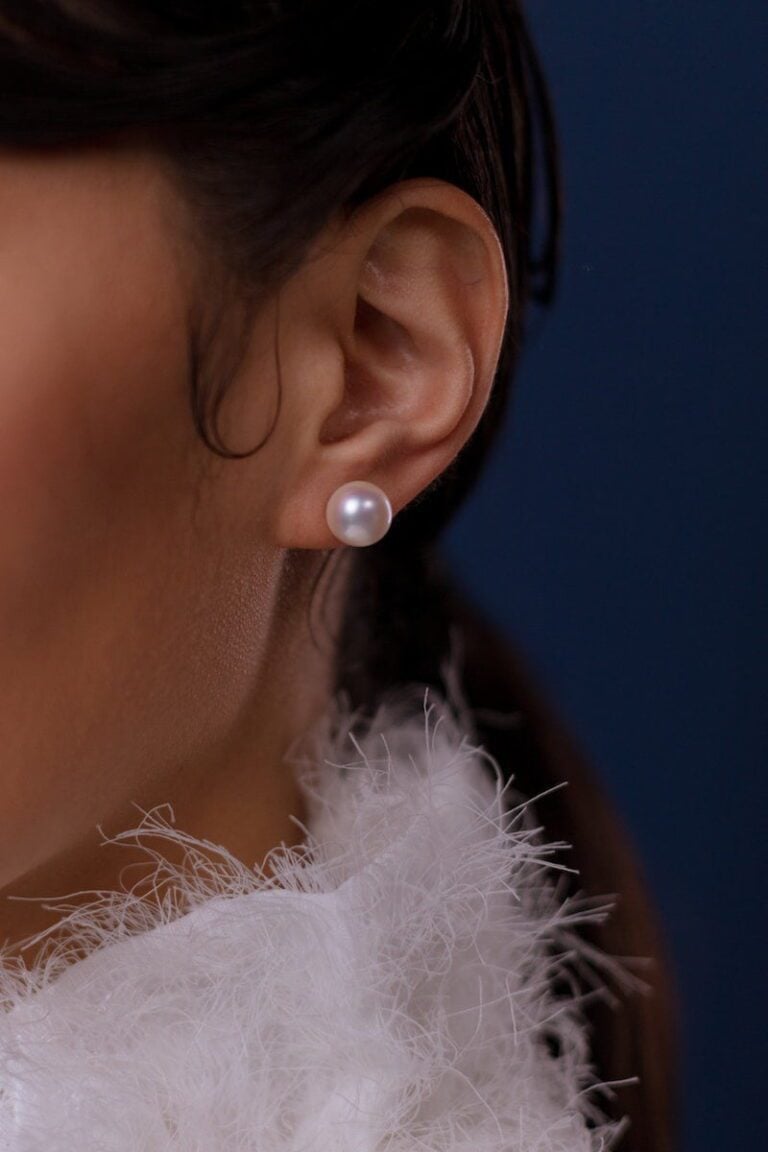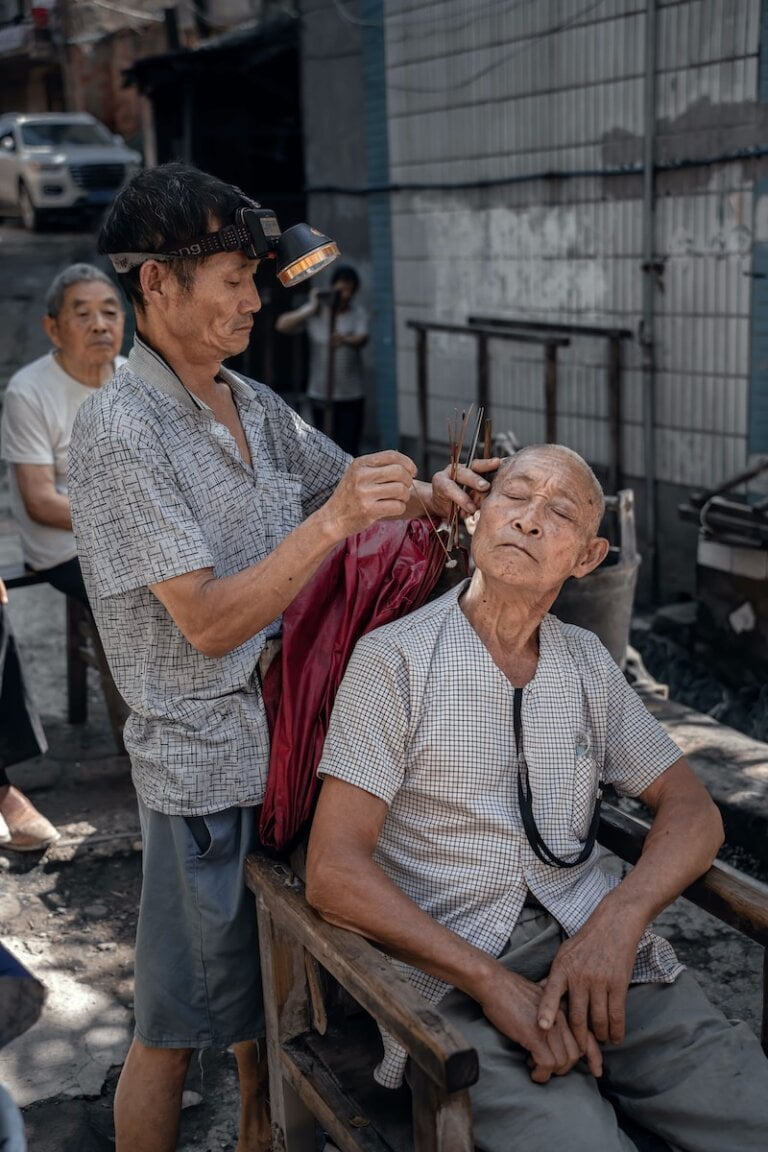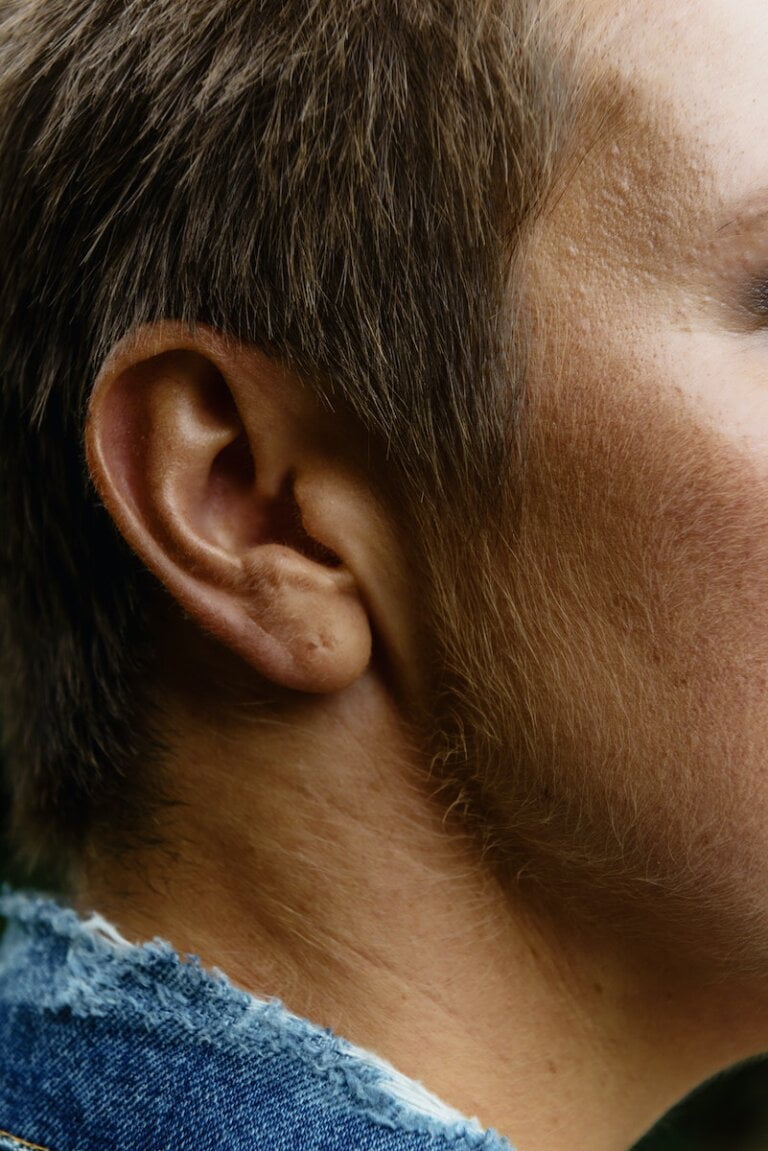Understanding the Process: A Look at Manual Instrument Ear Wax Removal Equipment
Earwax, also known as cerumen, is a natural substance that helps protect and lubricate the ear canal. However, excessive build up of earwax can cause discomfort, hearing loss, tinnitus and even ear infections. To address this issue, advancements in technology have led to the development of new and improved ear wax removal equipment. In this article, we will explore these innovative tools and their benefits in detail.
Understanding the Problem
A common way many people attempt to treat an ear wax build up is by using such things as cotton buds or twisted tissues; this often proves to be ineffective and can even push the wax further into the ear canal, leading to more complications. In the past, ear syringing was carried out using hand-held metal syringes which were used to manually inject water into the ear at high pressure to flush out ear wax. These manual syringes resulted in variable pressure of water being injected into the external ear canal. As a result, complications were common, including external ear infections (Otitis externa), middle ear infections (Otitis media), and eardrum perforations.
Nowadays, ear syringing is performed using ear irrigation machines that apply a safer, more standardised level of pressure via special ear irrigator tips. However, this method of ear wax removal can still result in a large number of complications which is why at Hearing First we NEVER syringe.
Recognising the limitations of these conventional approaches, experts designed a range of manual instrument ear wax removal equipment to be used alongside microsuction to ensure a safer and more efficient procedure. In this article we will be looking at microsuction along with the manual instruments commonly used in our Audiologist led ear wax removal clinics at Hearing First.
What is Microsuction?
Microsuction is a modern solution to remove excess earwax. Microsuction devices utilise a low-pressure suction technique, providing a gentle and controlled way to extract the wax. These devices are equipped with specialised tips that allow healthcare professionals to precisely target the areas of wax build up, minimising the risk of discomfort or injury to the ear.
Furthermore, microsuction devices can be used in various ear canal shapes and sizes, making it suitable for a wide range of patients.
Manual Instrument Ear Wax Removal Equipment
Manual earwax removal involves the use of specialised tools to remove the ear wax from the outer part of the ear canal and is often used alongside more the more advanced technique of microsuction. See below for examples of manual ear wax removal instruments commonly used in our clinics and their uses:
1. Jobson-Horne probes
Single use, disposable, Jobson-Horne probes are designed for ear wax removal by a clinician. It features a tilted curette loop on one end to help with scooping and removing wax, the other end is threaded allowing sufficient grip to hold on to cotton wool beneficial for drying the ear canal.
2. St Bart’s Hook
Single use, disposable St Bart’s hooks are designed for removing foreign objects from the ear canal and commonly used for ear wax removal . It features a blunt hook to comfortably remove excessive or compacted wax from the ear canal.
3. Rosen Hook
Single use, disposable, Rosen hooks assist with extraction of hard wax and other obstacles from the ear canal. The shaping and angle of the hook allows for increase efficacy in removing hard wax.
4. Crocodile Forceps
Designed to take up minimal space in the ear they allow for accurate clinical precision and control. Crocodile Forceps are commonly used to grip ear wax and foreign objects to assist in removal.
Benefits of Combining Microsuction with Manual Instrument Ear Wax Removal Equipment
The advancements in manual instrument ear wax removal equipment offer several benefits. Let’s take a closer look at some of these advantages:
1. Enhanced Safety
The new equipment is designed with safety in mind. Its precision-focused approach significantly reduces the risk of accidental damage to the eardrum or other delicate structures within the ear.
2. Increased Effectiveness
The specialised features of the instruments, such as microsuction devices and curettes, ensure a more efficient removal of earwax. These tools can target specific areas of wax build up, resulting in a more thorough clean and improved hearing outcomes.
3. Minimized Discomfort
The manual instrument ear wax removal equipment prioritises patient comfort. The precise control and gentle techniques employed by these devices minimise discomfort during the procedure.
4. Professional Expertise
While manual instrument ear wax removal equipment can be used at home, it is crucial to seek professional assistance for optimal results. Trained healthcare professionals possess the expertise to utilise the equipment effectively, ensuring safe and successful wax removal without any complications. Their knowledge and experience ensure that the equipment is used correctly, maximising the benefits of the tools and promoting optimal ear health. At Hearing First, you can be confident in the expertise of our Audiologists.
Conclusion
The development of manual instrument ear wax removal equipment has revolutionised the process of cleaning earwax. These innovative tools, provide enhanced safety, increased effectiveness, minimised discomfort, and the expertise of healthcare professionals. By embracing these advancements, we can redesign the future of earwax removal, promoting improved hearing health and well-being for individuals worldwide.






